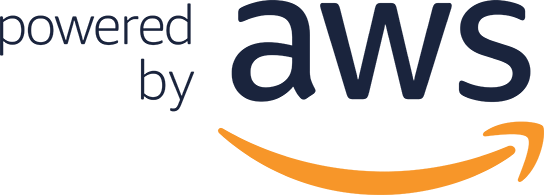Forecasting is a fully developed business process that most organizations still struggle with today. Almost everyone’s top priority is probably to be able to consistently and accurately forecast Sales, Demand, Costs, Inventory, etc. The inability to obtain a good forecast frequently has a significant business impact. Inaccurate forecasting leads to overstocking or running out, resulting in high costs and excess, impacting the bottom line and the success of the company.
A good forecast should give you enough confidence to make sound business decisions. For a more efficient forecast, consider these best practices:
- What are the most common forecasting methods, and why do they produce inaccurate results.
- How to achieve better ROI and optimal processes through scale, granularity, and agility
- How to improve forecasting accuracy
- How to use simple machine learning and artificial intelligence tools to get accurate and scalable forecasts
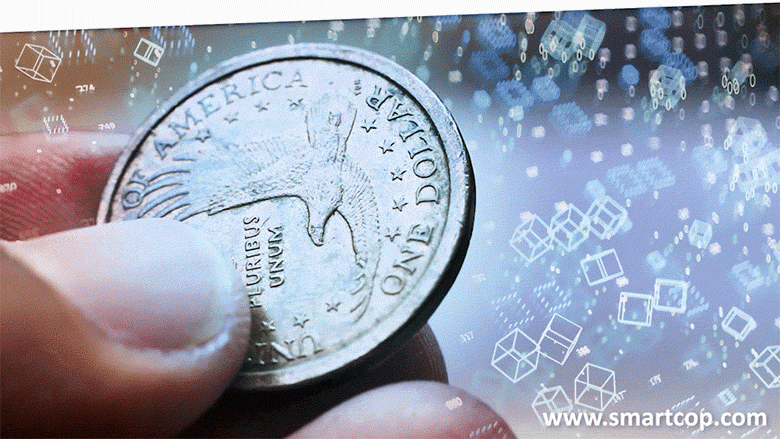
A Primer on Probabilistic Forecasting
If you keep up with the news about supply chain analytics, you are more frequently encountering the phrase “probabilistic forecasting.” Probabilistic forecasts have the ability to simulate future values that aren’t anchored to the past. If this phrase is puzzling, read on.

Improve Forecast Accuracy by Managing Error
In this video, Dr. Thomas Willemain, co-Founder and SVP Research, talks about improving Forecast Accuracy by Managing Error. This video is the first in our series on effective methods to Improve Forecast Accuracy. We begin by looking at how forecast error causes pain and the consequential cost related to it. Then we will explain the three most common mistakes to avoid that can help us increase revenue and prevent excess inventory.

Probabilistic vs. Deterministic Order Planning
Consider the problem of replenishing inventory. To be specific, suppose the inventory item in question is a spare part. Both you and your supplier will want some sense of how much you will be ordering and when. And your ERP system may be insisting that you let it in on the secret too.
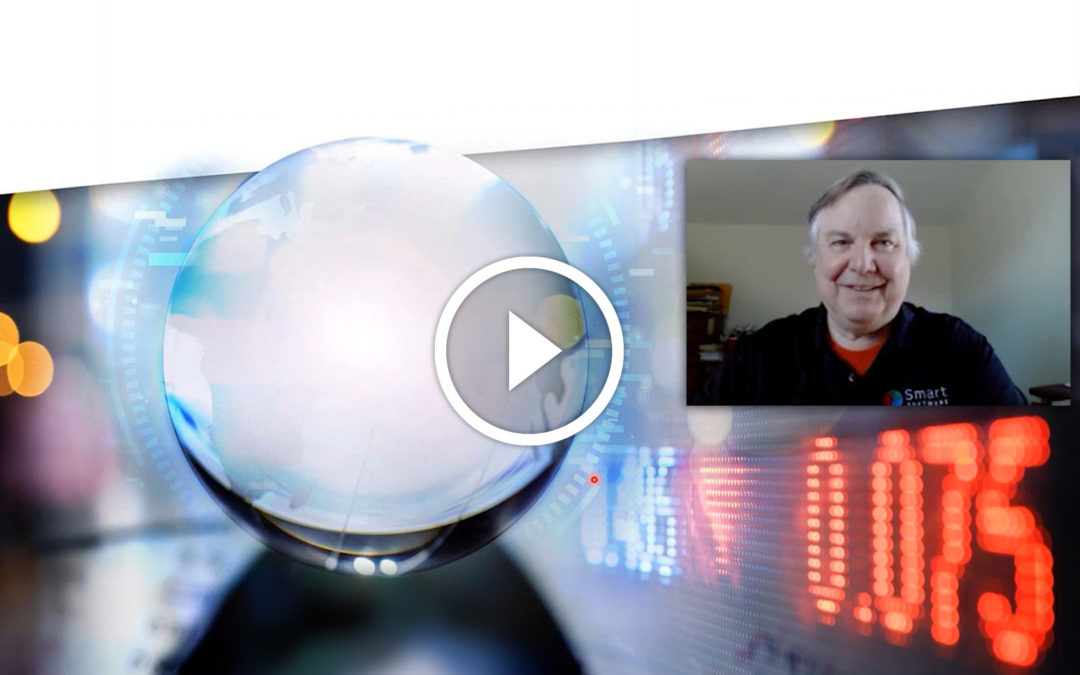
Four Useful Ways to Measure Forecast Error
In this video, Dr. Thomas Willemain, co-Founder and SVP Research, talks about improving Forecast Accuracy by measuring Forecast Error. We begin by overviewing the various types of Error Metrics: Scale-dependent error, Percentage error, Relative error, and Scale-free error Metrics. While some error is inevitable, there are ways to reduce it, and forecast metrics are necessary aids for monitoring and improving forecast accuracy. Then we will explain the special problem of intermittent demand and divide-by-zero problems. Tom concludes by explaining how to assess forecasts of multiple items and how it often makes sense to use weighted averages, weighting items differently by volume or revenue.
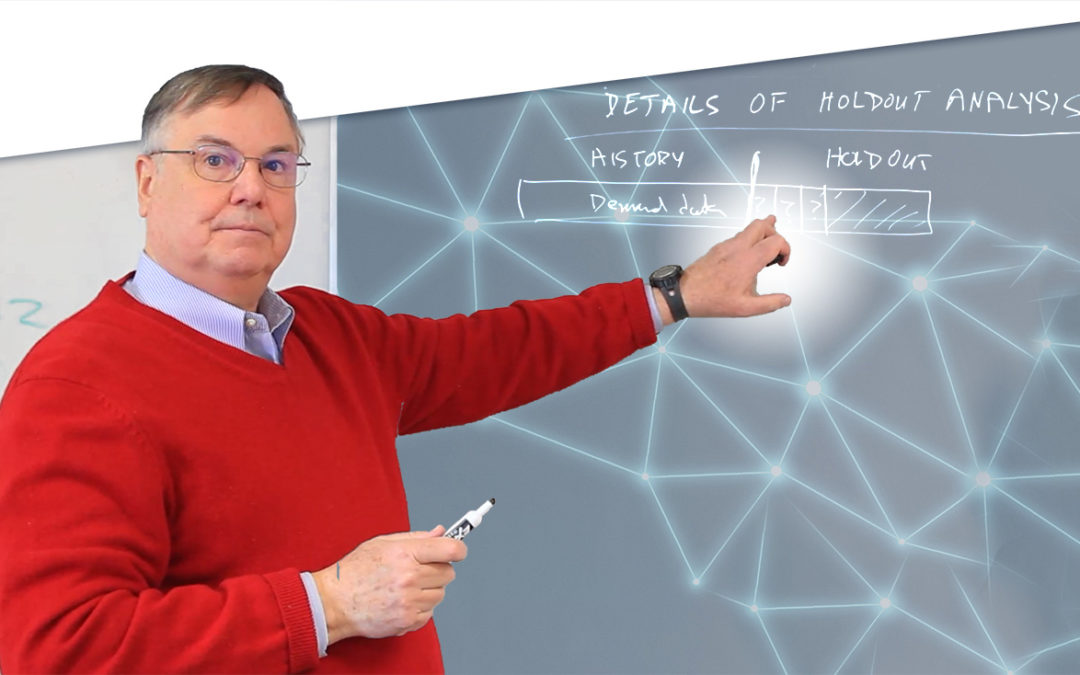
Automatic Forecasting for Time Series Demand Projections
In this video tutorial Dr. Thomas Willemain, co–Founder and SVP Research at Smart Software, presents Automatic Forecasting for Time Series Demand Projections, a specialized algorithmic tournament to determine an appropriate time series model and estimate the parameters to compute the best forecasts methods.
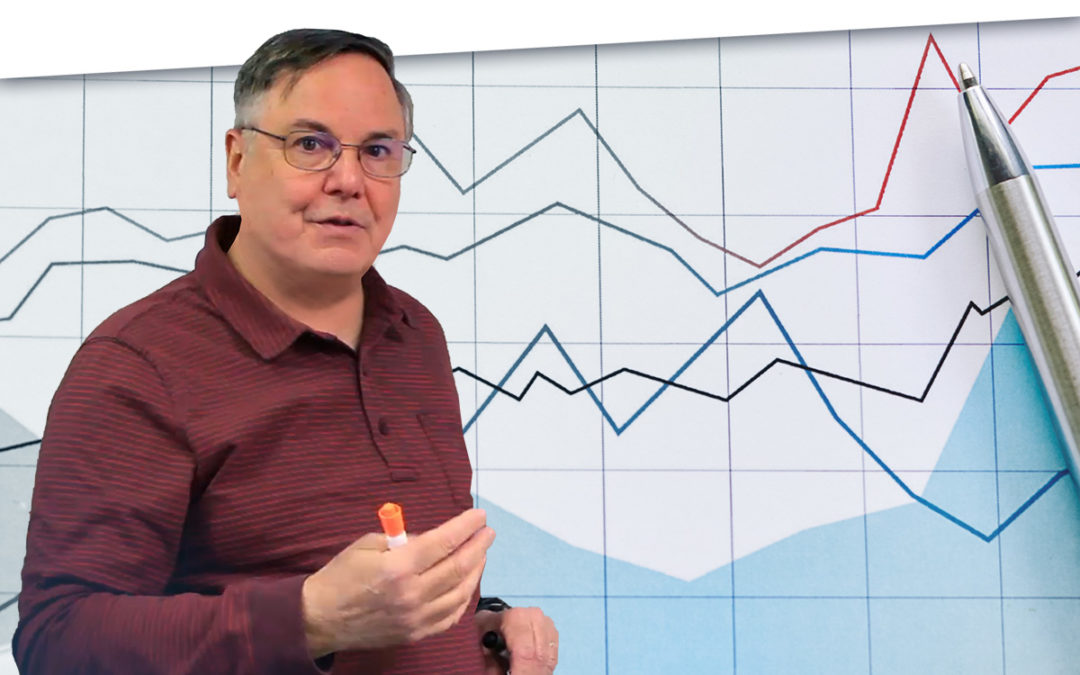
Forecast Using Leading Indicators – Regression Analysis:
In this Video Tutorials Dr. Thomas Willemain, co–Founder and SVP Research, presents Regression Analysis, a specialized statistical modeling technique to improve the accuracy of the forecasts. These videos explain with examples how to use Regression Analysis and the various scenarios where this technique makes a good choice.
Problem
Generating accurate statistical forecasts isn’t an easy task. Planners need to keep historical data continually up to date, build and manage a database of forecasting models, know which forecast methods to use, keep track of forecast overrides, and report on forecast accuracy. These steps are typically managed in a cumbersome spreadsheet that is often error-prone, slow, and difficult to share with the rest of the business. Forecasts tend to rely on one-sized fits all methods that require seasonality and trend to be added manually resulting in inaccurate predictions of what comes next
Solution
SmartForecasts ® Cloud
Accurate Demand Forecasts
Best Forecasting Methods

Imports Historical Data
What can you do with SmartForecasts?
- Run a forecasting tournament that selects the right forecasting method for each item.
- Hand-craft forecasts using several time-series forecasting methods and non-statistical methods.
- Automatically predict trends, seasonality, and cyclical patterns.
- Imports demand data from files
- Leverage ERP connectors to automatically import demand data and return forecast results
Who is SmartForecasts for?
• Demand Planners.
• Forecast Analysts.
• Material & Inventory Planners.
• Operational Research Professionals.
• Sales Analysts.
• Statistcally Minded Executives.
A Reliable and Secure Platform

